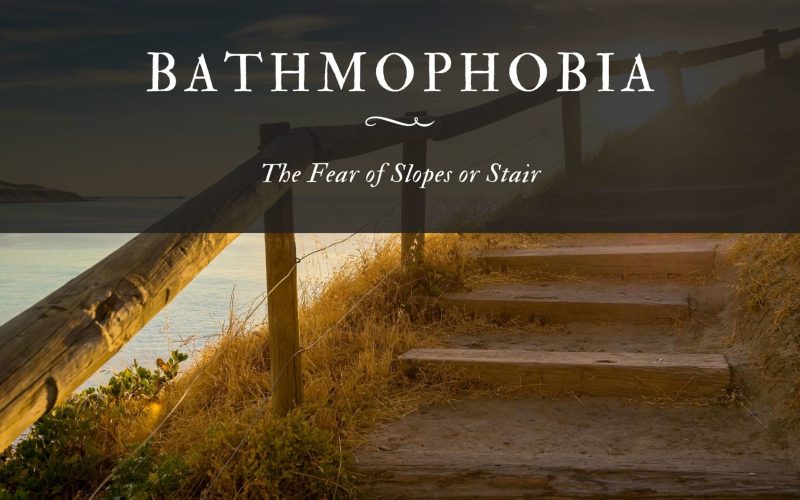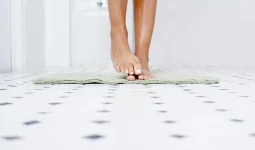Bathmophobia is a term used to describe the fear of stairs or slopes and is also a somewhat complicated phobia.
Bathmophobia has a lot of similarities to climacophobia, which is the fear of climbing stairs, except that it has a specific focus.
A person who has bathmophobia, get frightened, or panic when they observe a steep slope.
At the same time, people who have climacophobia typically experience physical or psychological symptoms only when they are expected to climb up or descend from a slope or stairs.
The difference between both phobias is subtle and almost unnoticeable but important, and only a trained clinician can accurately diagnose it.
If your child fears slopes or stairs, there is no need to panic, as all parents must remember that such fears are a vital part of development.
Just like with other phobias, Bathmophobia is generally not diagnosed in kids unless it is consistent for more than six months.
Causes of Bathmophobia
Bathmophobia, just like many other phobias, can be caused by a wide range of factors. However, a particularly common cause of bathmophobia is an early negative experience with steep hills or stairs.
If a person fell or slipped on steep stairs, or if they watched someone else fall or struggle with shortness of breath while they climb, such a person may be at a higher risk of developing bathmophobia.
Particularly in kids, bathmophobia can also be caused by negotiating or even just looking at or thinking about a very scary-looking set of stairs. One easy example is a child taking part in a local community theater with a set of stairs leading to the costume loft backstage.
The stairs backstage were steep and open behind, so anyone could see down as they climbed them, and the kid could imagine slipping through the openings, even though she never had to climb them herself.
There is a possibility that memories of those stairs may play into dreams that include struggling to cross a sloped floor that eventually tilts to near-vertical as the child gets close to her destination in the dreams.
Such a child will continue to feel apprehension whenever confronted with a tricky set of stairs or a sloped floor.
Differential Diagnosis
In addition to climacophobia, which has been mentioned above, bathmophobia may also be related to other disorders and phobias. Acrophobia, which is the fear of heights, is very common.
This means that what appears to be a phobia of stairs may be a fear of the height that the supposed stairs achieve. Illygnophobia, which is the fear of vertigo, may also trigger symptoms that are similar to those of bathmophobia.
Medical causes of this phobia must also be considered. Indeed, vertigo is defined as a medical disorder of the balance system, and it causes a feeling of dizziness or spinning.
However, the term is also used medically for similar symptoms not triggered by a balance disorder. The similarity between both types is that slight changes in height can worsen them.
By definition, any fear considered reasonable because of an existing medical condition is not categorized as a phobia.
Treatment
If your doctor or clinician has determined that your symptoms are due to the existence of bathmophobia, he or she is likely to prescribe cognitive-behavioral therapy (CBT).
This type of therapy is carried out to help a sufferer replace his or her fearful thoughts and behaviors with more rational thoughts.
During CBT, patients will be taught several relaxation exercises to promote calmness, and they will be slowly introduced to the object of their fear through systematic desensitization.
Although it takes some time, CBT and other forms of therapy have an excellent success rate when it comes to treating this type of phobia and many others.
An important part of working through your fears is choosing a therapist that you are comfortable with and who has earned your trust.








